10 years ago, The Last of Us’ unexpected and morally divisive ending made history. Choosing to land in a place of uncertainty, the conclusion bucked what many other games chose to do, and often still do: present a straightforward, neat, conventionally satisfying end where the good guys are the good guys and the bad guys have been vanquished. Lines between protagonist and antagonist blur over the course of its 15-hour campaign, and the ending refuses to give us a neat takeaway, to sharpen the focal point on a clear statement or outcome, but instead has its main character arguably doom the world and then lie about it. When I first reached that ending 10 years ago, it left me pacing anxiously back and forth, desperate for someone to talk to about its startling ambiguities and contradictions, and I was hardly the only one. To this day, it remains perhaps the most provocative, talked-about, hotly debated ending in game history.
It should go without saying, but this piece will dive into some spoilery territory, covering the conclusion of the original game and the premise of its sequel.

The Last of Us first arrived on the PlayStation 3 in 2013 as a gritty trial of perseverance in a doomed world, albeit one where perhaps there’s a sliver of hope on the horizon: Maybe Ellie’s immunity can be used to create a cure for a world-ending plague. The game was notable for many things: the traumatic deaths of various characters; a slow grind of gameplay focused on stealth, desperate crafting, and brutal violence; but perhaps most of all for its strikingly ambiguous and challenging ending. Rather than doing the obvious and wrapping everything up with a neat bow, the conclusion throws the player headfirst into a liminal space. The world isn’t restored, yet the heroes live; but at what cost? Told that Ellie will be killed in pursuit of the possible vaccine, Joel intervenes, stopping the surgery and killing everyone who stands in his way, leaving the world to persist in its state of ruin. He then lies to her about what he did with an unconvincing tale. Ellie, clearly in a place of uncertainty about what she’s hearing, presses him to assure her that everything he just said is true. “I swear,” Joel lies. Roll credits.
It’s not a clean resolution. In the last 10 years, the choice to end the game with one character lying to another has left many to arrive at cynical conclusions about Joel as a character or the game’s narrative entirely, with some critics feeling that The Last of Us is ultimately a vacuous display of gore or a tale without much of redeeming value to say.
G/O Media may get a commission
A conventional story unconventionally told
For all that The Last of Us did differently, however, observations at the time highlighted just how much the game shared in common with others. Reviewing the game for Polygon at the time, Philip Kollar noted that it was built on “the same post-apocalyptic scenario as dozens of other games.” Kollar adds, however, that “its approach is starkly its own.” That’s likely why the conclusion hits so hard. So much feels similar to what we know from other games, or even works in other mediums. But TLoU took a different approach, one intimately focused on its central relationship, with a fairly conventional, linear narrative structure that might’ve given the impression that it would also resolve itself in a conventional way.
Narrative choice in 2013 was something many came to value in video games, but as Adam Sessler noted in his review of the game, TLoU has a specific story to tell, without your input save for a few moments of choice over just how brutal you can be in the game’s ending. A lack of choice was something Sessler characterized, at the time, as “old-fashioned.” (Indeed, much conversation at the time of release was rooted in how uncomfortable some players were with Joel killing certain characters he arguably didn’t need to kill, the tension between the player wanting to do one thing and the character demanding to do something else. Whether this is a flaw or part of the game’s power is just one more fascinating thing to consider.) And perhaps that “old-fashioned” approach was what led many to expect a more traditional conclusion. There’s a lot that is conventional and old-fashioned in TLoU, but its approach betrays a reliable trust you would ordinarily place in such a rigidly constructed narrative.

That “approach” Kollar highlighted is felt, perhaps, most saliently at the game’s conclusion, which is especially where it mostly clearly pulls away from “the same post-apocalyptic scenario” as other games. Examples of more conventional endings in this genre would include those in games like Gears of War 3 or the Resistance series of shooters on PlayStation 3, both of which end with near deus-ex-machina solutions to the world’s problems.
In other games with similar high stakes and fallen world scenarios, there is often some gift of sci-fi mumbo jumbo utilized, often right at the end, to set everything right; and if not, like in the more recent zombie drama Days Gone, there’s virtually zero ambiguity as to who did the right thing. iIf the good guys don’t get their way, it’s an unfortunate act of god, but you still have the good guy protagonist to still place your trust in.
The Last of Us wasn’t having any of that. And it also wasn’t concerned with “several plot twists and the bending of all the laws of physics,” as Paul Tassi noted for Forbes in comparison to the conclusion of 2013’s BioShock Infinite. Tassi continues, “the ending of The Last of Us isn’t quite so mind-boggling.” It’s a sad ending to a sad game, one that takes place at a decidedly human scale, not a grand cosmic one.
The ending of The Last of Us didn’t wish to dazzle you with its impressive world-building or wow you with clever fantasy epidemiology. You don’t get the “lore dive” that many games attempt to do, and you don’t get a clear indication that the right things were done. Rather, the game says the opposite. The world isn’t saved, and the good guys were stopped not by the antagonist, but by you, the “protagonist.”
As Tassi notes, that’s not necessarily a surprise revelation at the end. It’s not a sudden plot twist. But, rather, it’s the end point of a game that’s slowly telling you that you’re potentially on the wrong side, and that’s somewhat unexpected, even for games that do flip the script on you at the end by revealing the protagonist’s desires to be suspect. To its depressing end, TLoU’s grind challenges you to think about who you’ve been the whole time. “Just because you’re playing as someone in a game,” Tassi writes, “that doesn’t make you the good guy. In fact, the clues are scattered all over [The Last of Us] that you’re really not a good guy at all.”
Returning to Kollar’s analysis of the game, the sentiment that you’re the bad guy all along was and still is a popular one; and the ending doesn’t change that, it just reinforces it. “By the end,” Kollar writes, “I was pausing because I felt like a bad person doing bad things. It’s a seemingly intentional choice, but the game struggles to justify it with the same ease that Joel justifies murder […] I couldn’t find any deeper meaning in the horrible events in The Last of Us.”
But where others have since criticized Joel, or even the game, for the brutality on display, others have taken different stances. For Kotaku, writer Tina Amini expressed as much when it comes to putting yourself in the shoes of a person who stands to lose the closest thing you have to family in a world that’s already taken it from you:
“Had Ellie been my daughter, or someone who had grown to become my daughter figure, I would never sacrifice her life even to save the lives of millions of others. Sorry, guys. Nothing comes in the way of family.”
Many might be quick to regard that as selfish. But as Amini discussed, there are some critical details in the conclusion that shouldn’t just be swept aside because Joel perhaps acted too swiftly and suddenly. Amini writes:
Let’s recap. The Fireflies hit Joel over the head while he attempts to save Ellie’s life. Then, he wakes up in a hospital and is told that no, you can’t see Ellie and sorry, she’s going to die whether you like that or not. No discussions. No questions. Just shut up and take it. After you went above and beyond the deal you made with Marlene, after you almost get yourself killed spending a year tracking these bastards down, and after they still don’t give you the supply of guns promised in exchange for Ellie’s delivery, the least they could have done was offer the courtesy of a conversation. With Ellie present in the room, prepared to make her own decision. That seems like the fair thing to do. But it’s nowhere near what happened.
With a lack of clear certainty as to what could happen with Ellie’s surgery, and a rapid dissolution of traditional ways of wrapping up a narrative, like Amini, I too looked at the end of TLoU and asked, “what if this were my daughter?” Or in my case, “what if this were me?”

The sentiment of “no discussions. No questions. Just shut up and take it,” reminds me of my own experience having been hospitalized under a misdiagnosis at roughly the same age that Ellie was in the first game. Forcibly given drugs by people who claimed they knew what they were doing by swiftly locking me up in a series of white halls and keeping me sedated, without conversation or concern for my consent to such a thing, I remember the terror of sitting with the thought that maybe I’d never see home again. And unlike Joel, though I wouldn’t have wanted them to massacre a hospital of people (we’re also not living in a zombie apocalypse), those close to me chose to just let it happen. It would take a week before the doctors realized “whoops, you don’t have what we thought you had, sorry for the childhood trauma, but good on you all for listening to the experts.”
The morally ambiguous nature of The Last of Us’ ending meant that when Marlene tried to assure Joel that everything would be fine, I was free to not buy it—because I remember what it’s like when people in charge of your autonomy and life take bold, restrictive actions and others just stand by and accept it. Joel’s aggression, in many ways, was my own catharsis for how I was wronged in a hospital some 20-plus years ago.
A tough act to follow
But even for those who weren’t as cynical or pessimistic about TLoU’s ending or greater narrative, the impact of the ambiguous ending was so harrowing and had defied so much of what many had expected, that some felt it didn’t warrant a return trip by way of a sequel. Those who found displeasure in TLoU’s story could cease paying attention to it, but even for those who did enjoy where the game went, there was a clear desire for it not to go anywhere else. Lightning rarely strikes twice; and a sequel would be too conventional. Speaking to that very sentiment in 2013, former Kotaku writer Kirk Hamilton said:
I don’t feel like I need to return to this particular post-apocalyptic world. I don’t need to hear any more stories from it. I don’t need to see what Joel and Ellie get up to now that they’re safe at Joel’s brother’s wilderness retreat. I certainly don’t need to fight off another clicker, or make my way through another hunter camp.

Expressing a lack of desire for a sequel to TLoU wasn’t just about this singular game, but also stems from a paranoia over media, particularly video games, to franchise things to death. What even would a sequel do? Would it just be vignettes of fan service? I guess we’ll see Ellie learn to play guitar? Maybe Joel will finally get his coffee? Or would it just be more of an industrial desire to mine a popular property under the guise of “more stories,” efforts which typically diminish what magic remains of the initial game that caught everyone’s attention?
Those who loved the ending and the game certainly wouldn’t want that; this world deserved better. And those who were turned off by it definitely wouldn’t want that; they had had enough of this place. To perpetuate this story felt like it would cut against what made it so unique, as Hamilton wrote in 2013, there’s “too much resolution in video games these days, and [we] could do with a bit less surety.”
But The Last of Us marched on with an expanded story DLC that explores the death of Ellie’s childhood friend, and then a sequel with even more death. Part II meditates entirely on Joel’s actions, with justice (or baseless revenge, depending on your point of view) served for his reckless damnation of the world by the daughter of a man he killed years ago.
Part II is an incredibly long game. In fact, given that you play half the game as an entirely new character, it’s almost two games in one. Conversation about it upon release was also muddied by childish, aggressive reactions and harassment campaigns from those upset by the presence of queer people, trans people, and women whose bodies were deemed by some insufficiently feminine and desirable; it’s a firestorm that still burns to this day. Outside of conversations about the game with other critics, I often feel like I still need to wade through such nonsense.
Discussing whether or not TLoU Part II makes the most of its opportunity as a sequel to do something worthwhile with the ambiguity of the original’s ending would require a long conversation about a very long game. But I think the fact that the sequel uses Joel’s actions to set the stage for another exploration of how and when violence perpetuates itself makes the case for it as a worthy follow up—even if I, much like others, would’ve been more than happy with a one-and-done trip into this world.

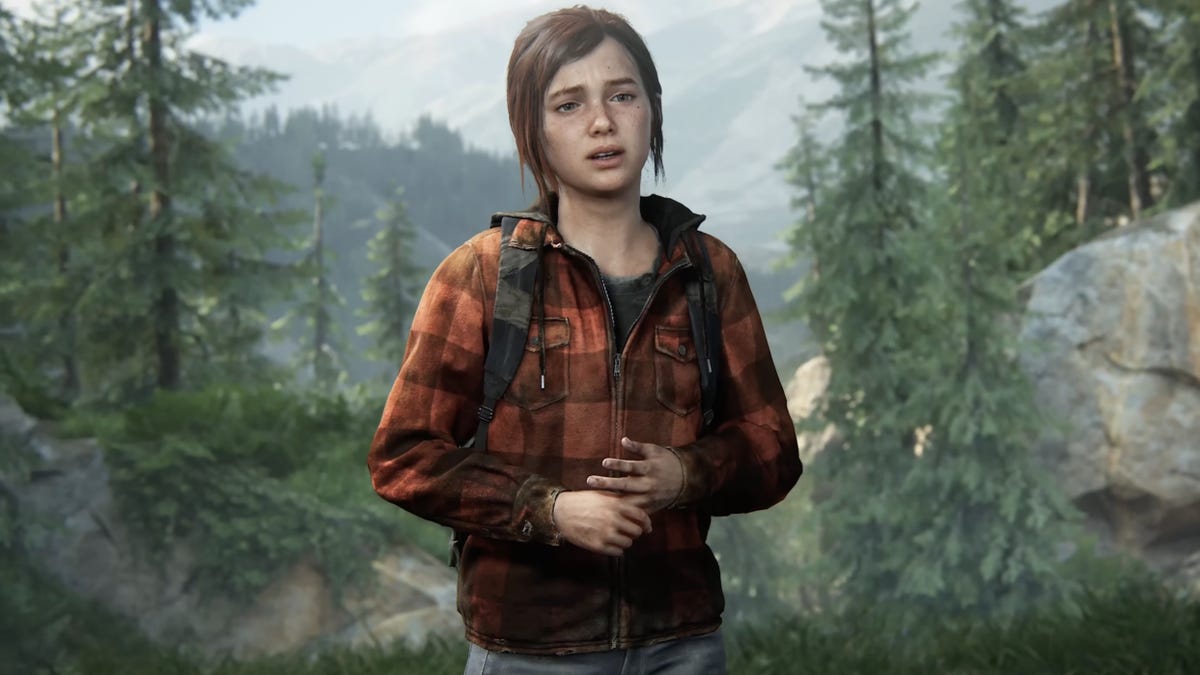
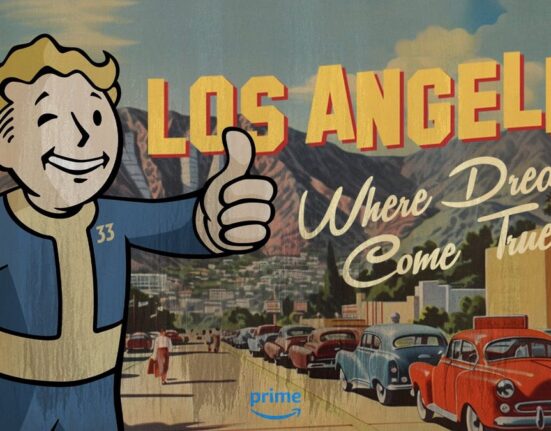

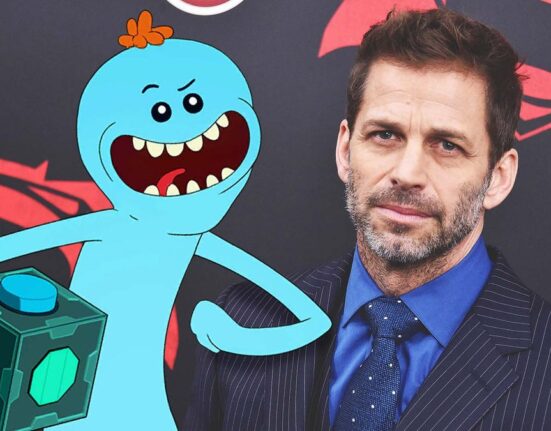
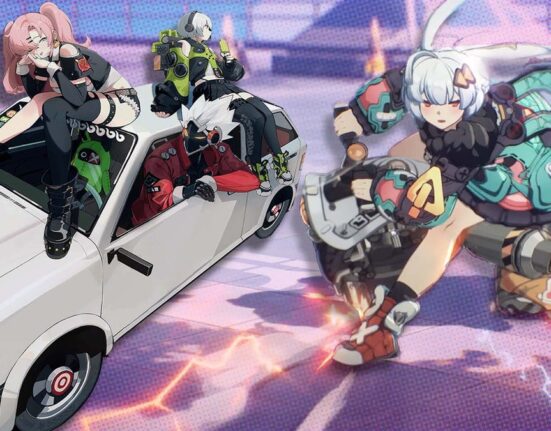
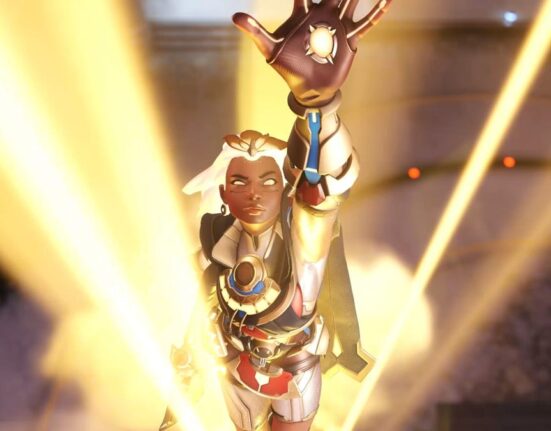
Leave feedback about this